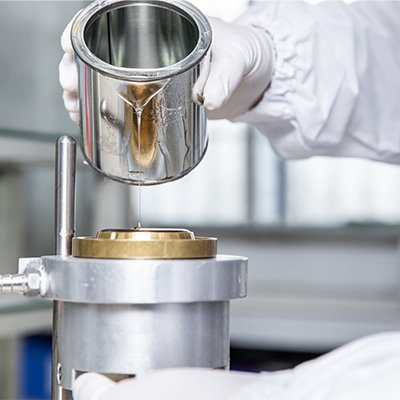
The adhesives industry is confronted with a multitude of challenges, such as new environmental regulations that restrict the use of volatile organic compounds, meeting the surging demand for sustainable and eco-friendly products, and developing high-performance adhesives. Cellulose nanocrystals can help meet these challenges because of their specific properties. Here are some examples:
1. Structural adhesives: NanoCellX® can be added to structural adhesives, such as epoxy, polyurethane and phenol formaldehyde adhesives, to improve their mechanical properties. They can enhance the adhesive’s shear strength, stiffness, and toughness, resulting in stronger and more durable bonds.
2. Pressure-sensitive adhesives: NanoCellX® can be added to pressure-sensitive adhesives (PSAs) to improve their adhesion performance. For example, they can increase the tackiness of the adhesive, resulting in better bonding to low surface energy substrates.
3. Biodegradable adhesives: NanoCellX® can be used as an additive in biodegradable adhesives, such as those made from natural polymers like starch or chitosan. They can improve the adhesion strength and water resistance of the adhesive while maintaining its biodegradability.
4. Packaging adhesives: NanoCellX® can be used in packaging adhesives, such as those used for laminating films or bonding cardboard boxes. They can improve the strength and durability of the adhesive while reducing the amount of adhesive needed, resulting in a more sustainable and cost-effective adhesive.
5. Electronic adhesives: NanoCellX® can be used in electronic adhesives, such as those used for bonding electronic components. They can improve the mechanical properties of the adhesive, resulting in a more reliable and durable bond.
Overall, cellulose nanocrystals have the potential to improve the properties of adhesives in a wide range of applications, and research is ongoing to explore their full potential.
Test NanoCellX® today. Get a sample.